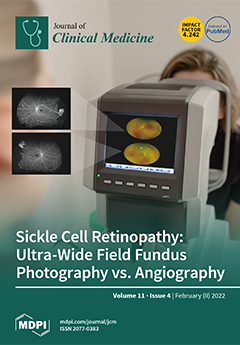Background: Atrial fibrillation (AF) is the most common sustained cardiac arrhythmia and is associated with impaired health-related quality of life (HRQoL), high symptom severity, and poor cardiovascular outcomes. Both clinical and psychological factors may contribute to symptom severity and HRQoL in AF. Methods: Using data from the observational Atrial Fibrillation Rhine-Neckar Region (ARENA) trial, we identified medical and psychosocial factors associated with AF-related symptom severity using European Heart Rhythm Association symptom classification and HRQoL using 5-level EuroQoL- 5D. Results: In 1218 AF patients (mean age 71.1 ± 10.5 years, 34.5% female), female sex (OR 3.7,
p < 0.001), preexisting coronary artery disease (CAD) (OR 1.7,
p = 0.020), a history of cardioversion (OR 1.4,
p = 0.041), cardiac anxiety (OR 1.2;
p < 0.001), stress from noise (OR 1.4,
p = 0.005), work-related stress (OR 1.3,
p = 0.026), and sleep disturbance (OR 1.2,
p = 0.016) were associated with higher AF-related symptom severity. CAD (β = −0.23,
p = 0.001), diabetes mellitus (β = −0.25,
p < 0.001), generalized anxiety (β = −0.30,
p < 0.001), cardiac anxiety (β = −0.16,
p < 0.001), financial stress (β = −0.11,
p < 0.001), and sleep disturbance (β = 0.11,
p < 0.001) were associated with impaired HRQoL. Conclusions: Psychological characteristics, preexisting CAD, and diabetes may play an important role in the identification of individuals at highest risk for impaired HRQoL and high symptom severity in patients with AF.
Full article






